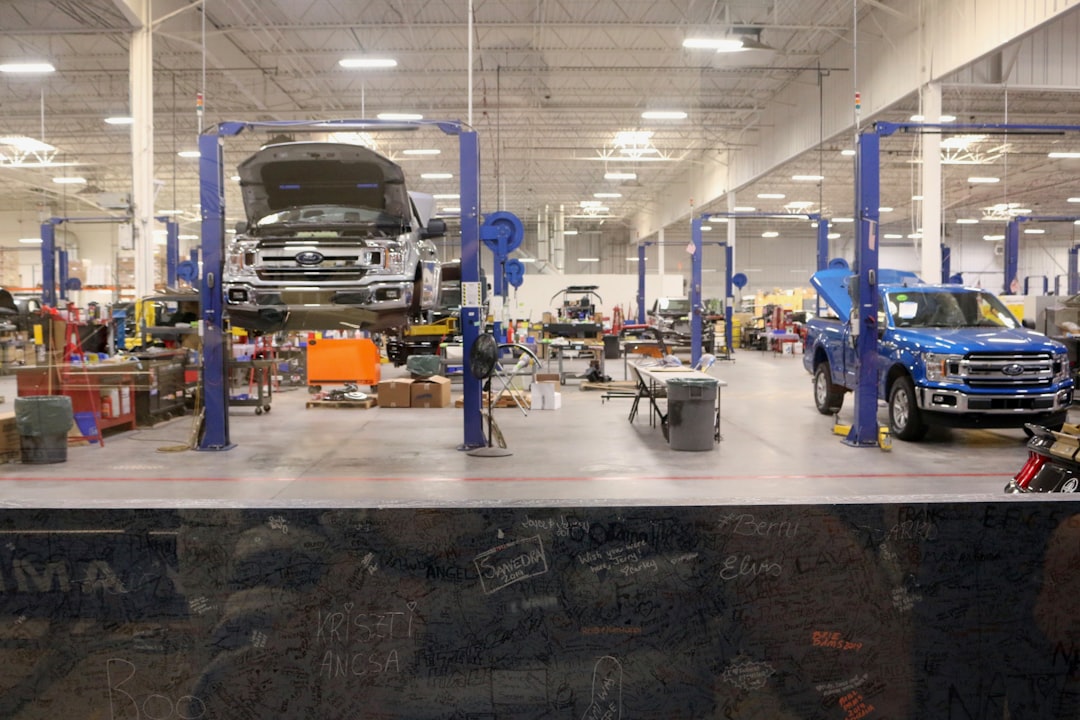The Ultimate Guide to

Introduction:
0 Picture Gallery: The Ultimate Guide to
If you own a vehicle, you know that regular maintenance and repairs are crucial for keeping it running smoothly. Whether it’s a minor fix or a major overhaul, understanding the basics of auto repair can save you time, money, and unnecessary stress. In this informative guide, we will provide you with the essential knowledge to help you navigate the world of auto repair.
1. Understanding Common Auto Repair Issues:
a. Identifying Warning Signs:
To address auto repair issues promptly, it’s important to recognize warning signs. These may include strange noises, vibrations, warning lights on your dashboard, or a decrease in performance. Pay attention to any changes in your vehicle’s behavior to catch potential problems early on.
b. Common Problems and Solutions:
From engine and transmission issues to electrical and brake problems, staying informed about common auto repair problems can empower you to make informed decisions. Familiarize yourself with potential culprits like worn brake pads, faulty spark plugs, and leaking fluids, and understand the solutions they require.
2. Common DIY Auto Repairs:
a. Changing the Oil and Oil Filter:
Regularly changing your vehicle’s oil and oil filter is one of the most important maintenance tasks. By following the manufacturer’s guidelines and using the correct oil viscosity and filter, you can extend the lifespan of your engine.
b. Replacing the Air Filter:
A dirty air filter can restrict airflow to the engine, reducing fuel efficiency and performance. Replacing the air filter every 12,000 to 15,000 miles (or as recommended by your vehicle’s manual) is a simple task that can improve your car’s overall performance.
c. Checking and Replacing the Battery:
A weak or dead battery can leave you stranded. Regularly inspect your battery for signs of corrosion and replace it as needed. Cleaning the battery terminals and ensuring a secure connection can also prevent electrical issues.
3. When to Seek Professional Help:
a. Routine Maintenance:
Certain tasks are best left to professionals. Routine maintenance such as tire rotations, wheel alignments, and brake inspections should be performed by a trained mechanic to guarantee accuracy and safety.
b. Complex Repairs:
While DIY repairs can save you money, it’s important to know when to leave complex repairs to the professionals. Engine and transmission repairs, for example, require specialized knowledge, tools, and diagnostic equipment.
4. Finding a Reliable Auto Repair Shop:
a. Ask for Recommendations:
Seek recommendations from friends, family, and colleagues for reputable auto repair shops in your area. Word-of-mouth referrals often provide valuable insights and experiences.
b. Read Online Reviews:
Research the reputation of local auto repair shops by reading online reviews. Look for consistent positive feedback regarding their expertise, customer service, and fair pricing.
c. Check Certifications and Training:
Ensure the shop you choose has certified technicians who receive regular training to stay updated with the latest automotive technologies. Look for certifications like ASE (Automotive Service Excellence), which indicate a high level of professionalism and expertise.
Conclusion:
Maintaining and repairing your vehicle doesn’t have to be a daunting task. By understanding common auto repair issues, performing simple DIY tasks, and knowing when to seek professional help, you can keep your vehicle in top shape. Remember to find a reliable auto repair shop that aligns with your needs and trust their expertise to handle complex repairs. With the knowledge gained from this guide, you’ll be well-equipped to make informed decisions that will prolong the life of your vehicle and ensure a safe and smooth driving experience.
Lessons Learned from Years with
This post topic: Health & Fitness